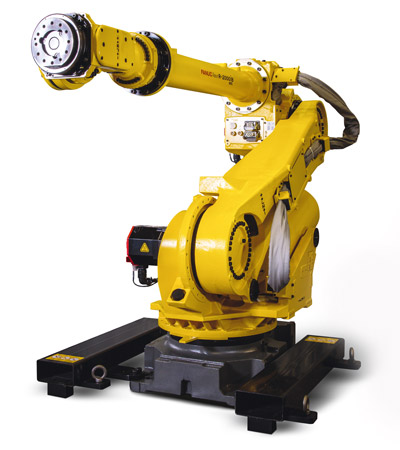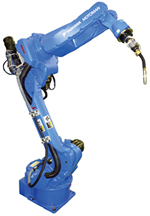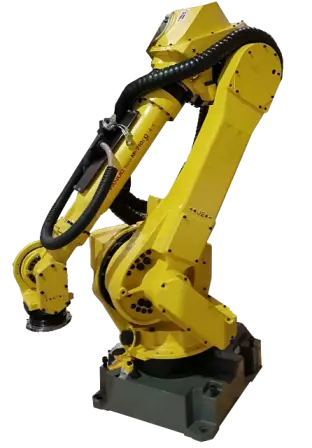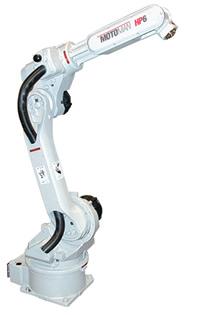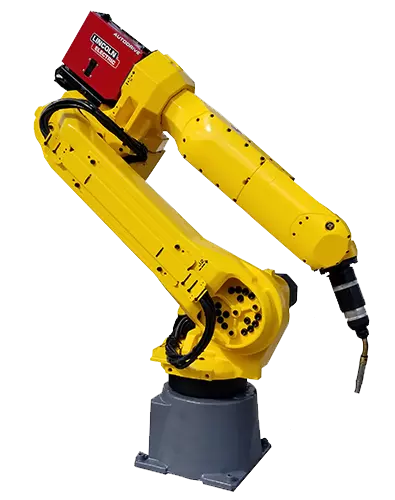Arc welding is one of the most common applications for robotic automation. Improving weld quality, reducing costs, increasing productivity, and welder shortages are all reasons manufacturers decide to automate their arc welding applications. Automating arc welding brings a number of benefits, but for those new to robotic welding the initial investment may seem overwhelming. This is why it is important when considering a robotic arc welding system to not focus on the initial cost but if the system will earn back that investment. This can be determined by calculating the ROI (return on investment).
The ROI of a robotic arc welding system is an equation that determines when buyers can expect to earn back the initial cost of the system in order to start seeing a positive cash flow. When purchasing an articulated robot for arc welding the investment can be sizable as multiple components are needed. This includes an six axis robot like the FANUC Arcmate 120ic, the Lincoln Powerwave i400 or another power supply, weld torch, positioner, and safety equipment. Calculating the ROI of the arc welding system can allow companies to see that it will bring value to their operations and pay for itself. This helps buyers justify the cost of the investment.
There are many different ways to calculate the ROI for a robotic arc welding system. Some calculations focus on a percentage of the investment earned year over year. While more simple calculations focus on the payback period which is simply the amount of time buyers can expect to recapture their total investment in an arc welding system. Despite a high initial cost, most factory robot arc welding systems will have a payback period of two years or less which is a relatively short amount of time. Industrial robots have a relatively short return period due to benefits such as reduced cycle times, increased productivity, error mitigation, and higher weld quality. The benefits of a robotic arc welding system reduce production costs while increasing output which allows for a faster return on investment.
Maximizing the ROI for Robotic Arc Welding
While most arc welding robots will earn their ROI within two years of automation there are several ways users can maximize that return.- • Buy Used - A big factor into determining the ROI of an arc welding system is the initial cost. Buying a used industrial robotic arm and welding equipment will reduce the initial cost allowing buyers to maximize the ROI. Purchasing a used arc welding system with the Yaskawa Motoman MA1400 and Miller Auto Axcess 450 will be significantly more affordable than a brand new system.
- • Part Positioning - Ensuring that your system has proper fixturing will ensure accurate part positioning. This is critical to the weld quality. Higher quality welds improve the ROI for the arc welding system.
- • Maintenance - Conducting regular maintenance on your manufacturing robot arm will ensure it remains running at optimal levels and will prevent unplanned downtime. Keeping your arc welding system productive allows for you to get the most value out of it for a better ROI.
